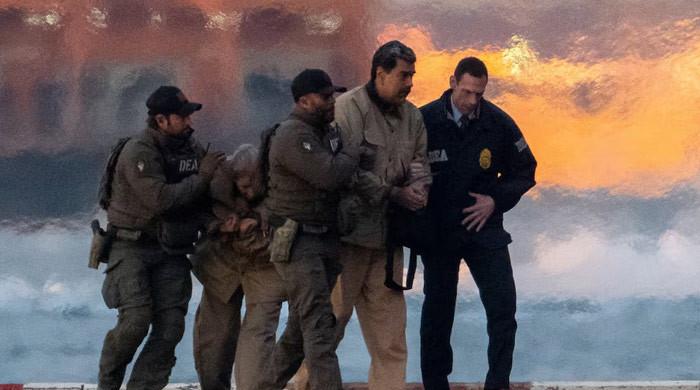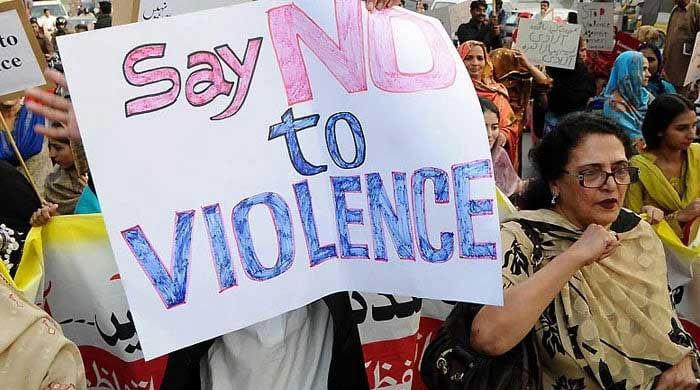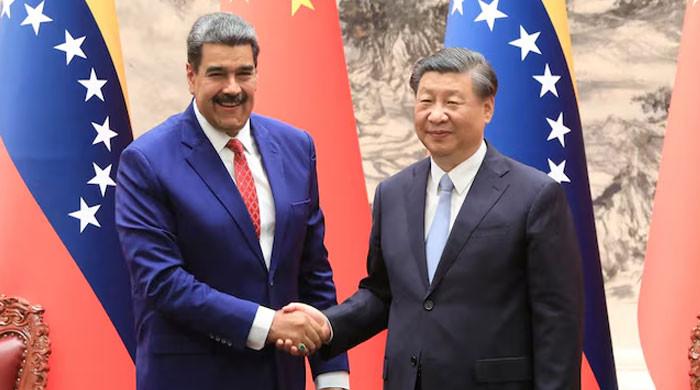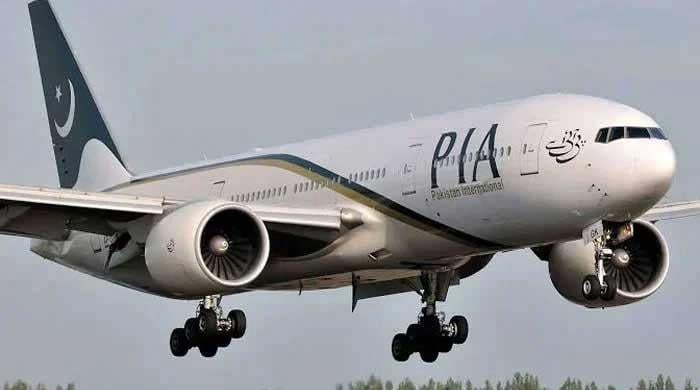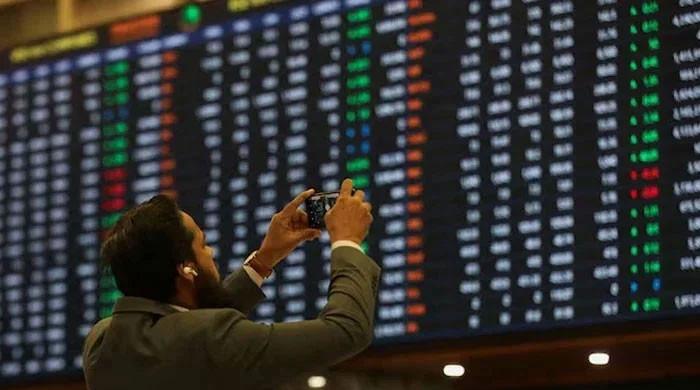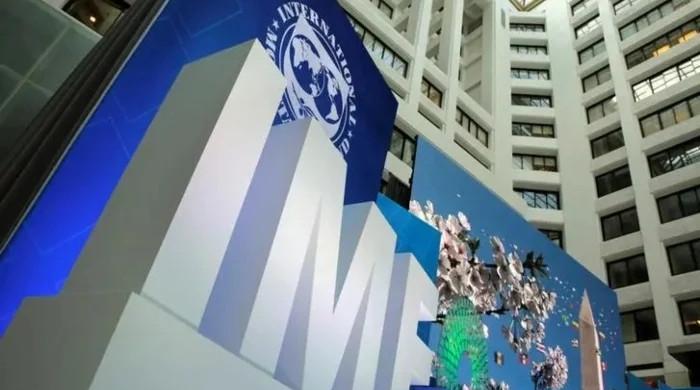Who murdered Benazir Bhutto?
'I have been following this case as a serious student, studying all related reports'
September 25, 2017
Poet Munir Niazi wrote a famous couplet: “Kuch sheher de log vi zaalim sun, kuch sannu maran da shaq vi si.” (The people of this city were cruel, but I also had a wish to die).
Ten years after Benazir Bhutto's assassination, we are back to where we began. While we are busy pointing accusatory fingers at each other, the real killers have walked free, due to insufficient evidence.
I have been following this case as a serious student, studying all related reports – by the United Nations, the Joint Investigation Team, the Punjab Special Branch and the Scotland Yard – as well as closely following the details of the investigations and inquiries into Pakistan’s most consequential political assassination. During the course of it, I met over 100 people who had a role in the happenings and interviewed the investigators. This resulted in a 750-page book that I authored under the title, “Qatil Kaun?”
By no means is the book the final word on the murder inquiry. But, for me, it was the first step towards understanding the case. If you ask me today, I will tell you that Bhutto’s murder inquiry was, and is, the most thoroughly investigated case in the history of Pakistan.
The recent remarks by former military ruler, Pervez Musharraf and Pakistan People’s Party leader Asif Zardari are merely politically point scoring. Both do not have any direct link with the killing. Although the Federal Investigation Agency did record Musharraf's statement and name him in the official documents, but that was only in terms of security concerns. He is never listed as one of the planners of the assassination.
None of the compiled reports, by Pakistani investigation agencies, name Musharraf as a suspect. However, the UN report does hold him responsible for not providing adequate security to Bhutto on the day.
The report further mentions the names of other serving uniformed officers, but then-President Asif Ali Zardari and then-Foreign Minister Shah Mehmood Qureshi expressed reservations about those passages in a letter to Ban Ki-moon, the UN’s Secretary General. In this way, the state of Pakistan refused to follow the UN report in its entirety. One of the UN investigators, Heraldo Munoz even compiled his findings in a book, published in 2013.
On the other hand, opponents of the Pakistan People’s Party have always maintained that Bhutto’s husband, Zardari, had a hand in her murder, even though not one of the investigation agencies of Pakistan, Britain or the UN have found any direct link.
Besides Zardari, fingers have also been pointed at Rehman Malik and Babar Awan accused of running off with the other bulletproof car, and at the mysterious signal by Khalid Shahenshah, a top security guard. But these accusations come from those not part of the probe. They are merely conspiracy theories, with no shred of evidence.
The truth of what happened that day, as backed up by scientific evidence and investigation, is that Saeed alias Bilal was brought to Rawalpindi as a suicide bomber. DNA collected from his remains confirmed that he was from Waziristan. While data collected from telephone calls further unearthed two more facilitators, Rafaqat Hussain and Hasnain Gull, who brought Saeed and one other suicide bomber to Rawalpindi. (Both of the alleged facilitators are still in jail although the court has set them free).
The men then dropped Saeed, alias Bilal, at Liaqat Bagh in a taxi. Hussain owned a taxi and had previously also facilitated a Eurasian suicide bomber named Akrama who had been assigned to target politician Sheikh Ahmed Rashid. When he could not locate Rashid, the bomber then detonated his vest outside the house of the Chairman of the Joint Chiefs of Staff.
The facilitators, Hussain and Gull, both belonged to Tehreek-e-Taliban’s Haqqania Akora Khattak faction, which pledged allegiance to Baitullah Mehsud. Pakistan’s intelligence agencies also traced out Qari Nadir, alias Ismail, and Nasrullah, alias Ahmed, who had brainwashed the bomber and provided him with an explosive-laden jacket. These facilitators were traced, arrested and interrogated by our military agencies. They later died in an encounter by law enforcement agencies.
The men belonged to that militant wing of the TTP, which had aligned itself with al Qaeda and took direct orders from Ayman al-Zawahiri. It was due to this reason that Zawahiri personally claimed responsibility for the assassination.
Those who pulled the trigger have been identified. But are there others, who may have indirectly facilitated the murder? Regardless, the first order of business should be to punish those who killed her, while the associates and abettors can be punished thereafter.
It is not only the state’s responsibility but also that of the people to ensure that Bhutto's murderers are brought to justice.
However, carelessness, indifference or cravenness may be the real impediments to closing this case. During the hearings, many witnesses refused to appear in court. Judges feared the consequences. While the proceedings were held not in courtrooms but within the state prison. A determined prosecutor was also murdered for which al Qaeda claimed responsibility.
Bhutto’s own party took very little interest. And so the case languished, and the outrage increased. Everyone wanted to know if they would get justice in a country where the twice-elected prime minister could not?
There needs to be a clear and dividing line between politics and crimes. Benazir Bhutto’s death was a crime and a very tragic one. Whoever wishes to use it for political gains is no well wisher of the state. If Zardari and Musharraf must spar, then let their weapons be anything but the heinous murder of Bhutto. Otherwise, the fate of this political assassination will be similar to those of many others in Pakistan. The accusations will continue to flow at those involved only by association, and not at those who killed her.
Suhail Warraich is a senior journalist and analyst
The views and opinions expressed are those of the author and do not necessarily reflect the official policy or position of Geo News or the Jang Group.




